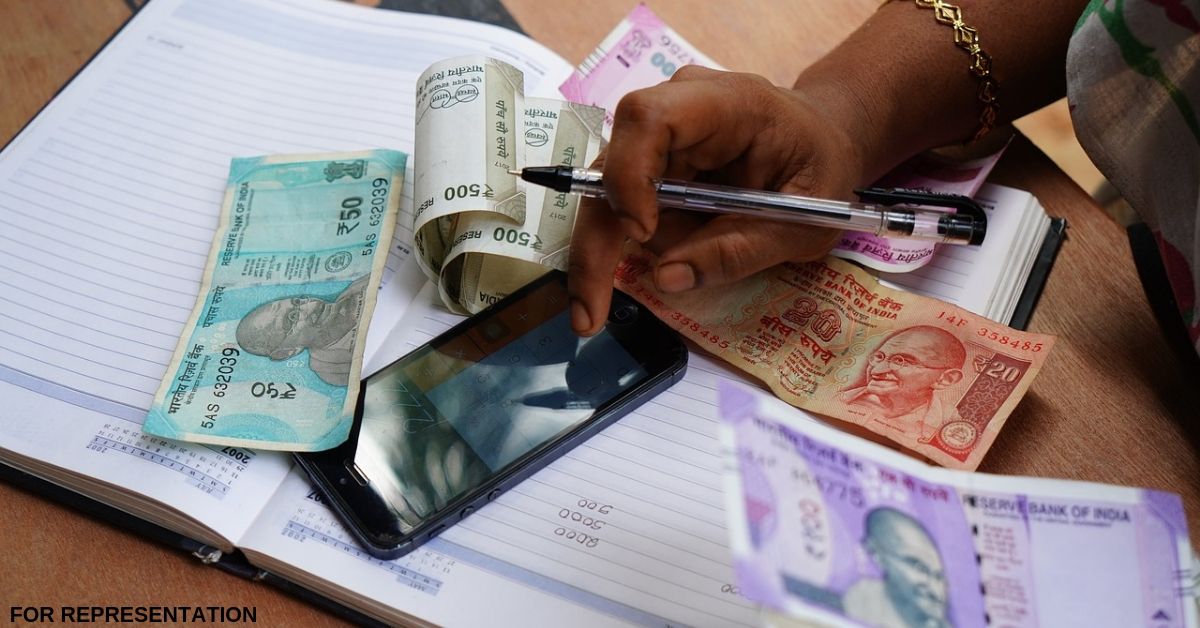Family Wins Rs 2.8 Lakh Legal Battle Over PPF Accounts: 8 Lessons For Us All
Lest such an incident happens to you, here are some lesser known but important facts about the PPF that can help you make a more informed investment decision.

Fifteen years ago, Alivelu Manga Pulavarti had opened four Public Provident Funds (PPF) accounts at the postal head office in Secunderabad. One for herself and the other for her three minor children, Mahima Bharthi, Sriram and Bharat Pulavarti.
Starting with a deposit of Rs 2.8 lakhs, Alivelu would put Rs 500 to each of these accounts every year. In 2013, when the family moved to Bengaluru and requested a transfer of accounts, they were in for a rude shock.
As reported by Deccan Herald, the postal authorities told the family that they’d made a mistake by opening multiple accounts and depositing Rs 500 in each account every year after that. The reason: a single family can’t deposit more than Rs 70,000 in each PPF account and that only one PPF account per family was allowed as per guidelines.
What aggrieved Alivelu and her kids further was that none of the authorities concerned highlighted any of these ‘rules’ at the time they’d opened the account. They decided to challenge this and approached the Bangalore First Additional District Consumer Disputes Redressal Forum.
After years of litigation tussle, the Forum finally passed the ruling in the family’s favour earlier this month. They stated that ‘postal employees cannot act negligently and doing so will be tantamount to “misfeasance”, which is an actionable claim.’
The department was ordered to pay the principal amount of Rs 2.8 lakh that the family had started their accounts with, the amount that they had deposited after that, and also the interest as per the PPF rates within 30 days. If they failed to do so, they would have to pay another interest of 12 per cent on the entire amount until the full payment is made. In addition to that, the family was awarded Rs 25,000 in damages and Rs 10,000 as litigation charges by the court.
Lest such an incident happens to you, here are eight lesser known but important facts about the PPF that can help you make a more informed decision.

1. Maturity Date: While PPF comes with a lock-in period of 15 years, most people erroneously believe that it is the date of opening the account that is taken into consideration for calculating the maturity of the account.
As per the PPF scheme rules, the date of calculation of maturity is marked from the end of the financial year in which the deposit was made and not the month or date on which you opened the account.
2. Contributions: The minimum and maximum contribution amount allowed is Rs 500 per year and Rs 1.5 lakh per annum, respectively. The maximum limit is applicable on all accounts; including those held in one’s name as well as on behalf of a minor. Also, you can either make a lump sum deposit or contribute every month; however, only 12 transactions are allowed in a financial year.
Another point to keep in mind is that though the lock-in period is that of 15 years, you make 16 contributions and not 15 if you have been depositing annually. This is because the lock-in period of the scheme starts from the end of the financial year in which you made the first deposit.
3. Eligibility: Only Indian residents can open a PPF account, but do keep in mind that joint-ownership is not allowed. This clause includes even minors, for whom a guardian can open accounts. Only parents can do so, and that too individually except for a court-appointed guardian.
Grandparents cannot open accounts for their grandchildren except for in cases where both parents are deceased, grandparents are then allowed to open PPF accounts on behalf of their grandchildren. Also, Non-resident Individuals (NRI), Hindu Undivided Families (HUF) or body of individuals (BoI) cannot invest in PPF.
Most important point: One can’t open more than one account under their name, and the one that belongs to the minor will be treated as a separate account.
4. Premature Closure and Taxation on withdrawals: The provision is only allowed in specific scenarios and includes a lot of conditions. But to be even eligible for this, you have to complete a minimum of five financial years.
You may also like: New Bill to Allow Premature Closing of PPF Account. Here Are the Details
PPF comes under EEE status, which means that all withdrawals that are made before the end of the lock-in period are tax-exempted. But make sure you declare these withdrawals while filing your income tax returns to avoid paying penalties. Also, PPF accounts find an exemption from the scope of wealth tax.
5. Partial Liquidity: Even though PPF accounts come with a 15 year lock-in period, you can still avail partial liquidity through loans and partial withdrawals. However, please remember that the availability of loans and withdrawals are subject to conditions depending on the PPF balance as well as the number of years completed.
Furthermore, the interest rate on these loans is 2 per cent higher than what is earned in the scheme. By the seventh year, the loan provision is closed as the account holder becomes eligible for withdrawal. Also, a new loan is only allowed after you have cleared the previous loan with interest.
6. Court decree and Nominations: You are penalised if you are found to be using the PPF amount to pay off any debts or liability. Even a court order or decree issued for the same does not hold validity here.
If you fail to make the minimum contribution for a financial year, your account will become inactive. Reviving the same would require you to pay a penalty of Rs 50 per year for the number of years the account had been dormant, in addition to a minimum contribution of Rs 500 per year.
As for nominations, the provision allows a person to nominate a minor ward for the same. However, no nomination is permitted in cases where the account is that of a minor.
7. Discontinued accounts: Discontinuing your account will you make ineligible for loans or withdrawals. Like an inactive account, you would have to pay penalty fees as well as minimum contributions to revive the account. Interestingly, the account is eligible to get interest as per the existing rate.
8. Extension of account and Transfer: After hitting the maturity period, you can extend this period of your PPF account in a block of five years, which can further be extended to ‘N’ number of blocks of five years each. An advantage is that your account will continue to earn the prevailing interest, even if you haven’t made any contributions. But please keep in mind that you’d have to make this extension within a year of account maturity.
Account holders are also given the choice to transfer their post office based PPF account to government-authorised banks and also, the other way round. You can also transfer the account between banks as well as branches of the bank.
You can read more here.
(Edited by Saiqua Sultan)
Like this story? Or have something to share?
Write to us: [email protected]
Connect with us on Facebook and Twitter
This story made me
- 97
- 121
- 89
- 167
Tell Us More
We bring stories straight from the heart of India, to inspire millions and create a wave of impact. Our positive movement is growing bigger everyday, and we would love for you to join it.
Please contribute whatever you can, every little penny helps our team in bringing you more stories that support dreams and spread hope.



















